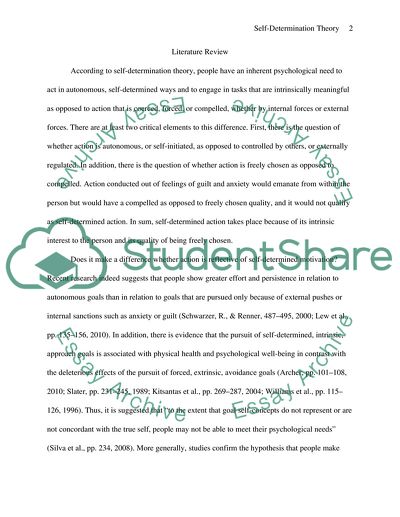Cite this document
(“The Self-Determination Theory (Deci &Ryan) Application Into Motivation Literature review”, n.d.)
Retrieved from https://studentshare.org/psychology/1444068-the-self-determination-theory-deci-ryan-application-into-motivation-to-exercise-among-the-female-adult-population
Retrieved from https://studentshare.org/psychology/1444068-the-self-determination-theory-deci-ryan-application-into-motivation-to-exercise-among-the-female-adult-population
(The Self-Determination Theory (Deci &Ryan) Application Into Motivation Literature Review)
https://studentshare.org/psychology/1444068-the-self-determination-theory-deci-ryan-application-into-motivation-to-exercise-among-the-female-adult-population.
https://studentshare.org/psychology/1444068-the-self-determination-theory-deci-ryan-application-into-motivation-to-exercise-among-the-female-adult-population.
“The Self-Determination Theory (Deci &Ryan) Application Into Motivation Literature Review”, n.d. https://studentshare.org/psychology/1444068-the-self-determination-theory-deci-ryan-application-into-motivation-to-exercise-among-the-female-adult-population.


